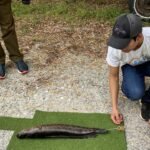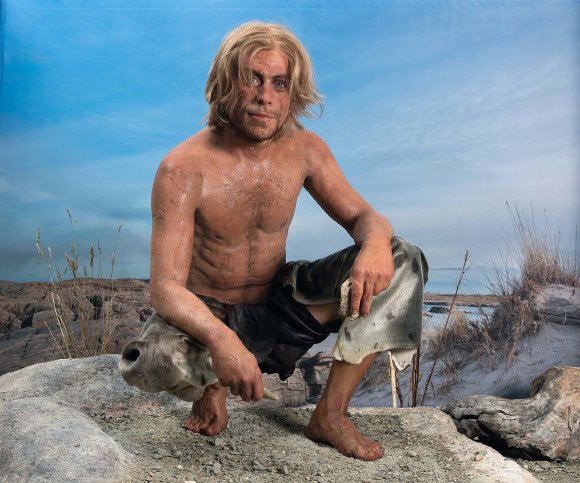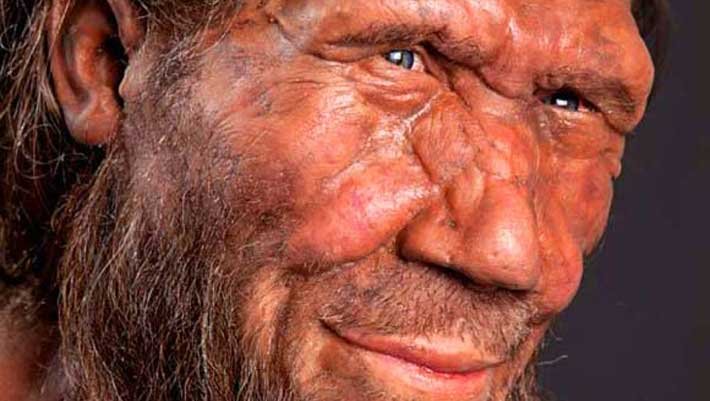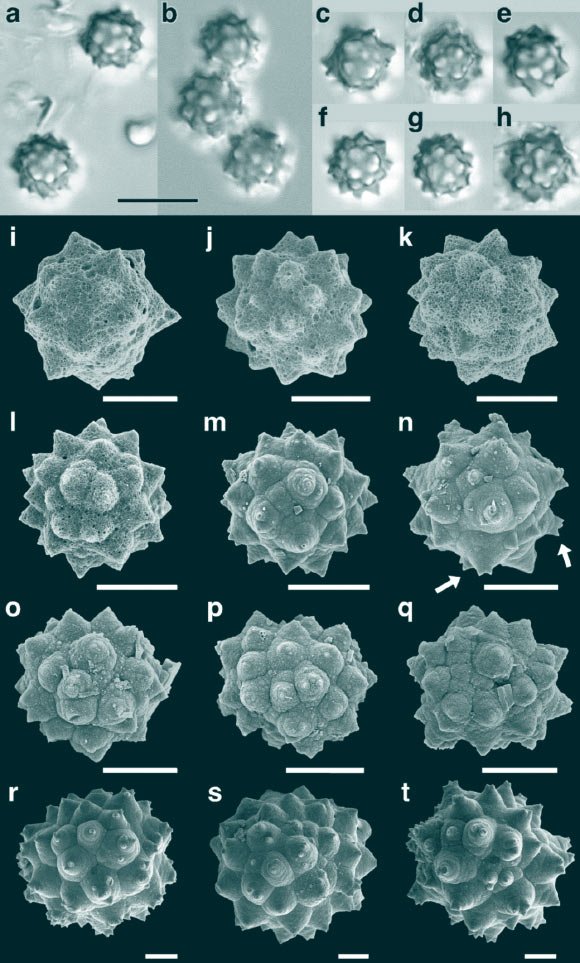The 4,000-year-old skeletal remains of a Scandinavian man were found in 1916 on the island of Hitra, Norway.

The Hitra man was around 169 cm tall, fair-haired and blue-eyed. Image credit: Thomas Foldberg / Åge Hojem / NTNU University Museum.
“In 1916, a road up the hill to Fausland farm on the island of Hitra was being upgraded, using gravel from the shore along the innermost part of Barmfjorden,” said Dr. Birgitte Skar and her colleagues at NTNU University Museum.
“Suddenly, the workers noticed some human bones in between all the sand and stones.”
“The bones belonged to a man who was approximately 25 years of age and who had died at the very end of the Stone Age, 4,000 years ago.”
“We think that he drowned. When he died, the sea level was 12.5 m higher than it is today, and the discovery site would have been at a depth of 4 m.”
The archaeologists also found and studied Hitra man’s dagger and arm guard.
“The arm guard is an oblong piece of bone with two holes in it that would have been attached to the wrist of the hand holding a bow,” they said.
“The guard would protect the wrist from the blow the bow string made when firing arrows.”
“These pieces of equipment may indicate he was a warrior.”
“It’s not possible to say whether the drowning occurred as a result of combat or whether it was an accident,” Dr. Skar said.
“What we do know is that the Hitra man lived in a very turbulent period.”
“Up to that point, most people lived as hunter-gatherers, and it wasn’t until the very end of the Stone Age — during the time the Hitra man lived — that agriculture became fully established in Norway.”
“Elements of agriculture had been introduced in southern and eastern Norway earlier, but in central Norway, along the coast in the west and in northern Norway, agriculture was first established during this period.”
“We believe that agriculture was introduced by migrating people who arrived in Norway to get more land — and they were willing to use weapons to do so.”
“We must therefore expect that there were violent clashes between the people who already lived here and the newcomers.”
“The new people brought new knowledge to the country: about animal husbandry and agriculture, but also about a different way of organizing society.”
“They lived in hierarchical societies, had a different understanding of the world, another religion, and a large network of contacts down in Europe.”
“This knowledge led to major changes, politically, economically and socially.”
“There is still much we don’t know about this dramatic era in Scandinavian history, and research is ongoing.”
“Right now, his DNA is being analyzed at the Lundbeck Foundation Centre for Geogenetics at the University of Copenhagen.”











